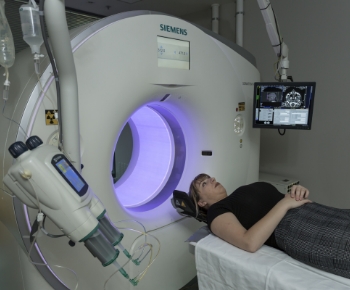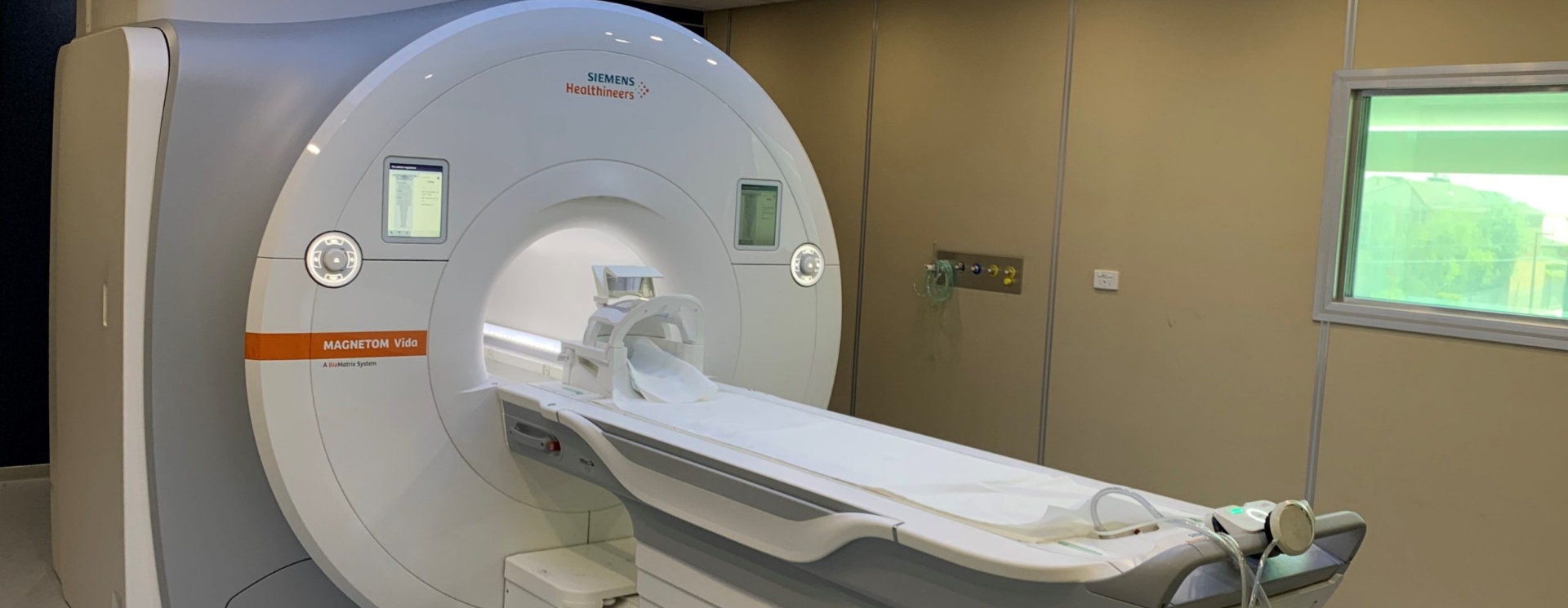Definition
Transvaginal ultrasound is a type of pelvic ultrasound. It is used to look at a woman’s reproductive organs, including the uterus, ovaries, cervix, and vagina. Transvaginal means the study is performed through the vagina.
Alternative Names
Endovaginal ultrasound; Ultrasound – transvaginal; Sonohysterography; Hysterosonography; Saline infusion sonography; SIS.

How the test is performed
You will lie down on your back, on a table, with your knees bent. The sonographer will place a probe, called a transducer, into the vagina. The probe is covered with a condom and a gel, and is sterilised after each use with a state-of-the-art device called a Trophon desteriliser. The vaginal probe sends out sound waves, which reflect off body structures. A computer receives these waves and uses them to create a picture. The doctor can immediately see the picture on a nearby TV monitor.
The sonographer will move the probe within the area to see the pelvic organs. This test can be used during pregnancy.
In some cases, a special transvaginal ultrasound method called sonohysterography or hysterosonography may be needed to more clearly view the uterus.
This test requires saline (sterile salt water) to be placed into the uterus before the ultrasound. The saline helps outline any abnormal masses, so the doctor can get a better idea of their size.
SIS is not done on pregnant women.
How to prepare for the test
You will be asked to put on a special gown and remove your underwear. A transvaginal ultrasound is done with your bladder empty.
How the test will feel
The test is usually painless, although some women experience mild discomfort from the pressure of the probe. Only a small part of the probe is placed into the vagina.
Why the test is performed
Transvaginal ultrasound can help establish the cause of certain types of infertility, pelvic pain, abnormal bleeding, and menstrual problems. It can demonstrate the lining of the uterus (endometrium). The test can diagnose:
- Ovarian cysts
- Ovarian tumours
- Pelvic infection
- Uterine fibroids
- Uterine lining polyps
- Thickened uterine lining in cases of postmenopausal bleeding
Transvaginal ultrasound is also used during pregnancy to monitor the growth and wellbeing of the foetus, to check for ectopic pregnancy and other potential problems.
What abnormal results mean
Some problems that may be detected include:
- Birth defects
- Cancers of the uterus, ovaries, vagina, and other pelvic structures
- Infection, including pelvic inflammatory disease
- Benign growths of the uterus and ovaries (such as cysts or fibroids)
- Twisting or torsion of the ovaries
Some problems or conditions that may be found specifically in pregnant women include:
- Ectopic pregnancy (embryo implants outside uterine cavity)
- More than one fetus (twins, triplets, etc.)
- Miscarriage Placenta praevia (placenta attached to uterine wall)
- Placental abruption (placental lining separates from uterus)
- Shortened cervix, which increases the risk for preterm delivery or late miscarriage
- Tumours of pregnancy including gestational trophoblastic disease
What the risks are
There are no known harmful effects of transvaginal ultrasound on humans.
Unlike traditional x-rays, there is no ionising radiation exposure with this test.
From the moment you request an appointment to the final referral, we aim to make your experience as smooth and comfortable as possible. Here is our working process for all DiagnostiCare patients.
-

Request Appointment
-

Patient Examination
-

Results To Referrer



-
Use of low-radiation techniques for safety.
-
Capable of performing complex imaging procedures.
-
Bulk-billing available for eligible patients.
-
Strong commitment to patient privacy and confidentiality.
-
Offering both walk-in and appointment-based services.
-
Equipped with the latest 3D imaging technology.

-
Suite 46 Level 1 Milleara Mall,
235 Milleara Road East Keilor VIC 3033 -
Monday - Friday 8.00am - 6.00pm Saturday 8.00am - 1.00pm





